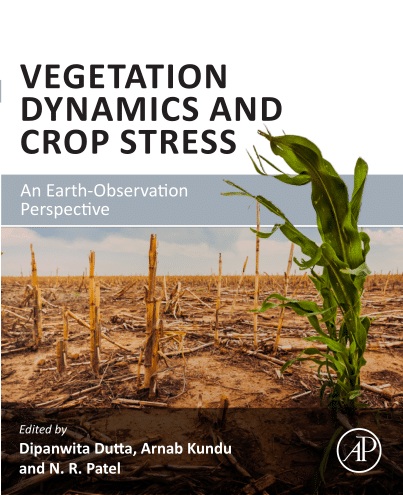Earth observation (EO) and artificial intelligence (AI) have infiltrated the world’s most important sectors, including agriculture, the backbone of the global economy. The vegetation dynamics affecting the agroecosystems in drylands. By 2050 population growth will need a 50% increase in food consumption. EO and AI can assist farmers in improving crop quality and resource usage. Significant investment has been made in developing self-driving vehicles for various applications, including self-driving farm tractors. This gadget integrates GPS and automation to assist tractors in avoiding excessive soil pressure. It facilitates planting and harvesting while also saving time by designing harvest paths. These tractors are built to identify areas in fields to determine the frequency of plowing and to avoid obstacles, such as irrigation equipment, persons, and animals. Self-driving tractors would change agriculture if enough agricultural training data were accessible. According to the FAO, pests, and insects destroy 20%–40% of the world’s grain supply. Before crops are harvested and stored, pests and insects pose the greatest threat. When locusts are expected in a field, AI informs farmers through mobile phones. Satellite data are analyzed and compared using algorithms. This helps farmers prevent more damage and remove costly bugs. AI firms are developing agricultural robots. These robots can be weeding, harvest crops quicker than people, assess crop quality, and identify plants and weeds. It can collect approximately 30,000 m2 every day. This saves time, effort, and human resources. The land and crops of food-producing countries are likewise a concern. Deep learning is used in several applications to detect soil flaws, nutritional deficiencies, and infections. Smartphone photographs might be used to identify plant concerns. In the form of in-depth films, the show provides guidance and other feasible solutions. Farmers may be able to do soil assessments thanks to machine learning (ML). These systems keep track of soil conditions and healthy crops to ensure a healthy and bountiful harvest. Aerial photographs were obtained by drone for crop health monitoring. Drones are used to collect data from agricultural regions, which are then downloaded by USB and examined by experts. Because plants are susceptible to mold and bacteria, the company uses algorithms to analyze gathered images and provides a comprehensive report on the plants’ health and leaf condition. This enables growers to manage plant health and protect them immediately. In agriculture, AI has grown more accurate and controlled by advising farmers on optimal planting, water management, and timely harvesting. Using satellite and drone imagery, AI tools make predictions. It uses temperature, precipitation, wind speed, and sunlight to evaluate agricultural sustainability, plant nutrition, and disease or pest presence. Weather conditions influence these assessments. AI enables farmers to automate their work and conduct precision farming, resulting in higher agricultural yields with less labor and resources. Agriculture enterprises based on AI and ML will attain leadership and technological advancement in the future. These companies will provide the most effective applications to assist the world with food production due to the yearly population increase.
DOI:
https://doi.org/10.1016/B978-0-323-95616-1.00001-8
Jumlah Kutipan Dimensi:



















